Sebastian Said:
Bonsai garden - Baby trees
.
About instrument - Go play it.
Getting late on Ping Jiang - Go to hotel. Go to sleep.
Entering pagoda - Buddha, mommy! Buddha has belly.
Climbing pagoda - Go up, up, up.
About tuk tuk - Go on bike.
She Said:
We all hopped in Wu's van for what was supposed to be an hour excursion to Suzhou, "The Venice of China". With local traffic and what appeared to be GPS failure, it was more like 3 hours. Luckily, Sebastian slept most of it. The beauty of running this poor child ragged is that he is pretty much falling asleep anywhere he needs to, regardless of noise, lights, sudden traffic stops, etc. – which is wonderful.
When we did finally arrive and were looking for the hotel that JP booked, my first impression was that we were no longer in Kansas. Suzhou was much more local "China" than Shanghai. I'm fairly certain we were the only white faces in site, and there wasn't a high-rise building to speak of, at least in the old section of town
.
We were staying at The Marco Polo hotel, which is apparently a classic hotel. This was evident in decor, dated carpeting, and poorly functioning bathroom showers. But it was in a fairly good location, included breakfast and free Wifi, and was otherwise clean(ish). I tried hard to curb my germaphobia, and Chad quickly reminded me (while I was doing a bed check) that I would have killed for a hotel like this when we traveled through Europe. This is very true, but I didn't have Seb to worry about then!
Since the ride took longer than expected, we quickly dropped our stuff and headed for lunch with the hopes of seeing the big attraction, the Humble Ambassador's Gardens, before it closed. Finding a place with recognizable food was not always easy in Shanghai, but at least JP and Carolina knew of the places to go there. Here, we were going blind and finding lunch was no easy feat. Pictures paired with gestures are pretty much the only way to communicate when no one speaks English
. However, I learned to set my expectations pretty low that the photos were going to match the food we received. Ordering food is definitely one place the language barrier becomes more difficult (the other big one is finding a bathroom with a "western toilet" when you have to pee!).
Sidebar on Chinese bathrooms: toilets are a hole in the ground surrounded by flush to the ground porcelain. There are treads on the sides to indicate where you should put your feet. And then you squat. Now don't get me wrong, I am all about squatting, even in western toilets, but the problem is being the lack of splashguards. Do all Chinese people have fecal covered ankles? Plus, there is NEVER any toilet paper or soap to speak of. That one speaks for itself. Needless to say, I was going through antibacterial like it was water, now having to wash my hands and legs!
Back to our lunch… The food arrived and it was questionably edible. Sebastian wasn't feeling much like eating this meal anyway, so he basically just had fun trying to pretend to eat with chopsticks (thank goodness for the American snacks I brought with me)
.
Walking through the streets to get to the gardens was a cultural experience in and of itself. Drivers in China have no rules. And since they have no rules, they have no regard for each other much less pedestrians. The order for the right-of-way seems to be cars, motor bikes, bicycles, then pedestrians (strollers do not offer protection or a guaranteed stop, in fact, I think they even sped up when they saw us). Crossing the street felt like a 2014 version of Atari Frogger!
When I wasn't focused on not getting hit by a car, I was able to really enjoy seeing how Chinese people in this area lived and worked. The smells coming from stores and homes were not always pleasant, but it felt real. This is what I love about traveling. Of course, seeing the sights and learning of the history is a huge part of it, but I love to see people in their natural state. I like to imagine I am the Chinese woman picking up snacks for her child for school or the cab driver trying to make a living and alternately wondering what it's like to be a tourist like me
. I like to see how other people live and traveling with Sebastian made me realize how much I want him to experience these things as well. That's why I blog the way I do. I want to remember the little day-to-day things I see and feel that make the memories so incredibly rich.
The Humble Ambassador's Gardens were unbelievable. The gardens felt like the mother garden of all gardens. It was massive and beautiful. Bonsai and bamboo trees, bridges, pagodas, and streams surrounded us. Again, peaceful and mindful (all but the bathroom, of course). I could have stayed for hours but eventually they were closing, and they kicked us out on the dot of closing time (they literally had whistles and followed us to the door).
We headed towards Ping Jiang Street, a main pedestrian thoroughfare that parallels the water. When I heard we were going to the Venice of China, I pictured Venice. Wrong picture. There was water and one very cool narrow street with food and vendors
. But that's pretty much where the comparison ends from what I saw (though there are many other canal sections in the old town that we didn't see). This street was pretty cool though. Quite over stimulating with smells of food, sounds of vendors selling kids toys, street performers, and constant people watching in the crowded street.
Sebastian absolutely adores music, and when we saw a man playing what looked like a violin that's played like a harp with a bow, he wanted to play. The man was very gentle with showing him how to play and even let him do it on his own. This is a memory I will never forget.
We took the equivalent of a gondola ride down the river on a rickety old boat with a gondolier that was about 75 years old. He looked like he had been doing this for centuries and was happy to show us his river. I put on my handy sandalwood ankle bracelet, which promised to ward off mosquitos. No such luck. Nonetheless, it was an enjoyable ride that ended with some serenading by our gondolier
.
Finding dinner resulted in an American style restaurant. Sebastian was exhausted and begging to go back to the hotel to go to sleep (poor guy), but I convinced him he was hungry with French fries. He crashed hard in the stroller on the way home and slept soundly despite the club-like atmosphere outside our hotel window.
The next day was JP's birthday. We planned to hit one of the bigger Buddhist temples and head back to Shanghai for a special duck dinner (celebrating JP and Chad's birthday which would be the following day). The air quality index read a whopping 217, and we could definitely feel it. I wasn't psyched to be outside so much, but when Sebastian saw the enormous Buddha that greeted us at the door, it was all worth it. "Mommy, it's Buddha!" He even lifted his shirt and rubbed his belly. It was hilarious.
We climbed up a lot of pagoda stairs to get to the top and hoped for the same sweeping views offered by the Pearl Tower
. However, we were met with vague views due to the severe smog that day (see photo of me and Seb with a white background, that was the top of the pagoda!). On our way out, we were led to the silk factory. Even if it was a ploy to sell us silk, it was totally worth it (plus it was air conditioned and inside). We were treated to a lesson in silk making, including differentiating real from fake, which brought us all the way from silkworm cocoons to the silk shirts, nightgowns, sheets, etc. Chad got a snazzy new shirt, real silk of course, to kick off the 40th birthday celebration.
Sebastian slept all the way through the factory and halfway through the tuk tuk ride back to the hotel. He woke up briefly to discover we were on the back of a bicycle, took it in for a minute, and fell back asleep. It was time for Wu to pick us up and head back to Shanghai for our special duck birthday dinner.
He Said:
Suzhou is a "smaller" city with a traditional water town located about an hour outside of Shanghai
. Of all the places we have planned or are considering to visit, this might be the one I was most looking forward to seeing. Of course, when I say a "traditional smaller town" in China, I'm still referring to a population of more than 10 million, which would make it the largest city in the United States.
There IS a charming old town section of Suzhou, though, and despite the fact Wushifu got a bit lost on the way there, we eventually found it. After checking into the hotel, we made our way down a pedestrian lane behind the hotel with a few nightclubs, including some hippie lounge meets Fort Lauderdale bump and grind kind of place, and we eventually settled on a quick serve restaurant so we could begin touring. Two things: the more we sat there, the more the restaurant began to smell like wet dog, and two, all three kids started melting down. This leads to two questions. Were they really serving dog? Was there some kind of kid conspiracy against us?
The stress of arrival in Suzhou, after eating mostly vegetables, slowly faded away as we pushed strollers on a “directional walk” past the smells of burning incense (I now know to look for a temple when I smell 'that’ smell), down tree-lined alleys, busy sidewalks of main thoroughfares, and eventually down the Dong Bei pedestrian street that leads to the Humble Administrator’s Gardens
. As we were nearing the entrance, I realized not only were we the only westerners around, but I had not actually seen another Westerner since arriving in Suzhou a few hours earlier. We weren’t in the “big city” of Shanghai anymore, and I think we all loved the sensation.
If the stresses of arrival slowly faded before, they completely vanished as we stepped through the gates of the Humble Administrator’s Gardens. These gardens are the largest in Suzhou, are considered to be some of the greatest in China, and are listed by UNESCO as a World Heritage Site. It has been a garden in some capacity since the early 1100’s during the Southern Song Dynasty, with various periods of revision, destruction, and rebuilding through the centuries.
The gardens were beautiful. Peaceful and meditative, there were vistas from high-sitting pavilions, vast lotus ponds, a bonsai garden, weeping willows flowing down hillsides, sidewalks carefully crafted with intricate stone designs, and of course, there were many Chinese people more interested in Sebastian, Vicky, and Tomas than the gardens themselves
. In fact, one student-aged boy walked up to me and asked if, “This is your children? Very beautiful. May I take a photo?”
The level of interest a western kid receives is still kind of baffling. It’s not malicious or mocking in any sense, and the locals who can speak English are pretty good about inquiring and asking before taking photos. In the gardens, I remembered that we really were, as far as we knew, the only westerners in town. There’s a probability that some of these people have never seen kids like this. For them, seeing a white western baby is like us seeing a white Asian tiger.
After the gardens, we grabbed a couple of ping da Tsing Taos and started our walk down Ping Jiang Street. The only thing I knew about this street was that it was one of the main drags to see in town, and we were told to look for boat tours here, this being The Venice of the East and all. I was not prepared for what we were about to experience
.
I don’t even remember where it actually began. I just remember thinking at some point, this is really amazing. Maybe it was some paper lanterns hanging from a building side or maybe it was the narrowing of the street or the point where the street joined up with the canal, but shortly after, we experienced a moment that made this entire trip worth it. Sebastian, the music lover that he is thanks to his nanny, Rhonda, got to play a traditional Chinese stringed instrument (not even sure what it’s called) with an old local on the bridge. I will never forget the look of wonder on his face, and the photo Alli got speaks for itself. As JP so aptly said after all our kids got their photos taken, these are the ones we’ll be looking at on the shelves in 20 years when we all play the game of Remember When.
After buying a few more cold beers on the walk, including some kind of pineapple beer, we eventually found the boat docks just as the sun was going down and the canal lights were coming up
. We lurched onto the swaying, traditional boat and began our slow paddle down the canal past illuminated bridges of ancient stone, traditional teahouses, sidewalk cafes filled with local diners eating street food, old ladies playing games, windows revealing some sort of Chinese concert packed with locals, and other images I have probably failed to catalog. It was magical.
We strolled our way down the rest of Ping Jiang, and at one point, I was stopped with Seb sitting in the stroller. He was making all these funny sounds, and after a few minutes, I realized the table of ladies sitting a few feet away from us were all mimicking the sounds he was making followed by a few short giggles. We had dinner at an English-style place with a really bad Chinese wedding singer type guy, and then headed home. Ping Jiang has become one of my favorite walks of all times, though I have to say I was somewhat disappointed because, when JP and I went back for a few more beers after getting everyone to bed, the place was pretty much shutting down well before 11
. I guess I let the ancient visions of canal-side card games, glowing lanterns off the shimmering water, and old men chatting in Asian alleyways get the best of me because so many great places of the world truly come to life at night, especially hot and humid ones in the summer. This time, though, we had already seen Ping Jiang at its peak.
The next day – JP’s b-day – we were on a time frame because of birthday dinner reservations back in Shanghai later that night. We started at the North Temple Pagoda and the Bao’en Temple. When we were greeted by a large statue of Laughing Buddha upon entering the complex, Sebastian said, “Buddha!” It was his first experience with the Laughing Buddha he knows from our Asian restaurants back in Boulder.
The good news is the tallest Chinese pagoda south of the Yangtze River was stunning. After a traditional nine story hike to the top (apparently some of the pagodas in the area have been retrofitted with elevators), we were literally overlooking the entire old town section of Suzhou
. The bad news is the air quality was horrendous, over 200, and some of the worst JP and Carolina have seen since arriving in China a few months ago. Visibility suffered, and it actually burned my eyes. I could feel it a little bit in my lungs, too. This was my biggest concern about coming to China.
Luckily, the next bit of touring was inside and literally right next door. Well, sort of. We had to cross a major, congested street in a place without a crosswalk area (not that a crosswalk really matters here anyway). We were practically attached to the hip of a local woman who helped us ”Frogger” our way across the street to the Silk Museum or at least what we think was the Silk Museum.
Silk-making was founded in Suzhou. It comes from the cocoons of the silk worm. We were shown demonstrations of how the threads are extracted from the cocoons, with each single cocoon yielding roughly 1,500 meters of silk thread! How it is processed
. And then how it is turned into the final product. It was a fascinating experience. I never knew about silk, how it was really created, and how to tell the difference between real silk and the imitation stuff. Hint: the real stuff is rougher when you rub it together and doesn’t leave any ash when burned. The whole tour was one of the greatest content marketing displays I’ve ever seen in action, so naturally I was inclined to by a brand new silk shirt in the gift shop after.
After the Silk Museum, we grabbed a couple of tuk tuks and headed back to our hotel. The streets were a cacophony of noise and traffic that Sebastian slept through until the very end. We weaved around cars and pedestrians, through barricades, and somehow avoided what we thought was the inevitable blow from behind. Even though there’s no visible order, there is order nonetheless. It’s almost like a crowded river, with inhabitants somehow knowing to leave just enough space for one another while following some invisible flow
. It’s a current of traffic.
“We’re riding on a tuk tuk. In China. With our two-year-old,” Alli said. Indeed we were. We were traveling again. We were experiencing our drug, our opium (to attach the analogy to the place). We were doing the thing we most love doing, and despite the unbearable air, we loved every minute of it.
Observations & Notes – Convenient store snacks are really bizarre and include tea soaked eggs. The toppings at Papa Johns are even more bizarre. The highways have fake police car cutout props to make drivers think there’s actually a police car ahead. I’m starting to fall in love with the traditional Chinese roof designs and tiles, especially the hand carvings on the end tiles. We saw a grand total of five westerners in 24 hours in Suzhou.
The Venice of the East
Saturday, July 26, 2014
 Suzhou, Jiangsu, China
Suzhou, Jiangsu, China
Other Entries
-
1The Buildup
Jul 215 days prior Boulder, United Statesphoto_camera3videocam 0comment 2
Boulder, United Statesphoto_camera3videocam 0comment 2 -
2The Flight
Jul 224 days prior Shanghai, Chinaphoto_camera11videocam 0comment 5
Shanghai, Chinaphoto_camera11videocam 0comment 5 -
3Excited and Ready to Explore
Jul 251 day prior Shanghai, Chinaphoto_camera140videocam 2comment 1
Shanghai, Chinaphoto_camera140videocam 2comment 1 -
4The Venice of the East
Jul 26 Suzhou, Chinaphoto_camera122videocam 0comment 5
Suzhou, Chinaphoto_camera122videocam 0comment 5 -
5Shanghai: Round Two
Jul 315 days later Shanghai, Chinaphoto_camera110videocam 1comment 4
Shanghai, Chinaphoto_camera110videocam 1comment 4 -
6How to See Beijing in 36 Hours
Aug 038 days later Beijing, Chinaphoto_camera194videocam 1comment 1
Beijing, Chinaphoto_camera194videocam 1comment 1 -
7The Trip Home & Reflections of China
Aug 049 days later Denver, United Statesphoto_camera7videocam 0comment 3
Denver, United Statesphoto_camera7videocam 0comment 3

 Suzhou, Jiangsu, China
Suzhou, Jiangsu, China

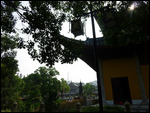
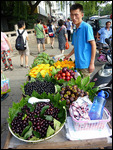
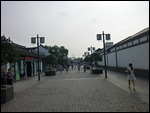
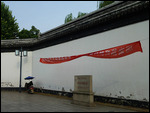
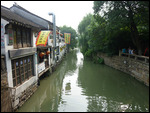
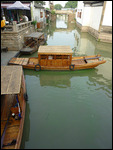
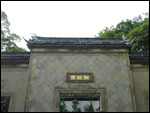
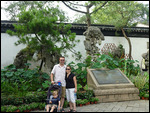
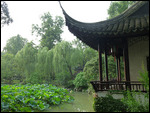
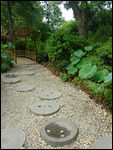
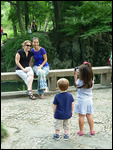
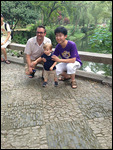
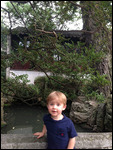
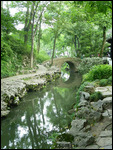
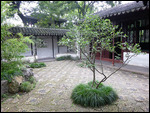


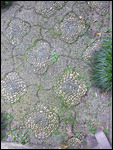
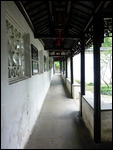
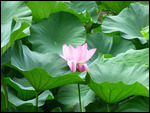
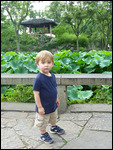
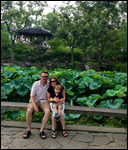
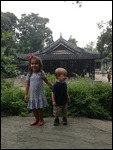
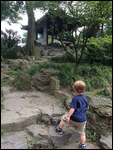
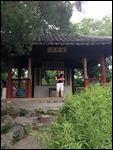

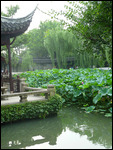
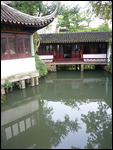


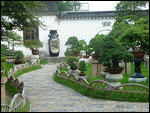
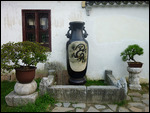
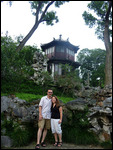
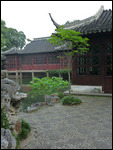
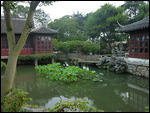
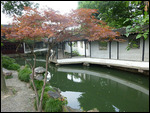
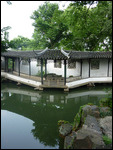
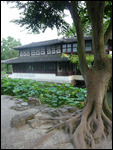
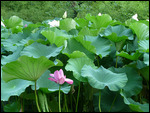
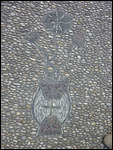

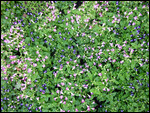
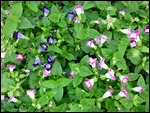
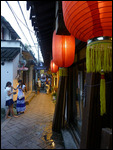

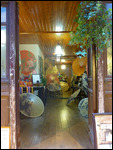
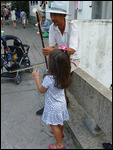
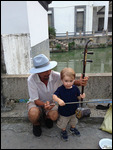


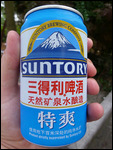
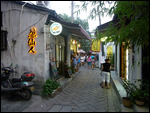
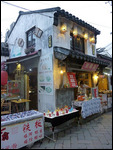
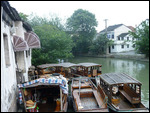
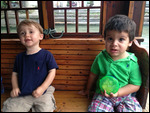
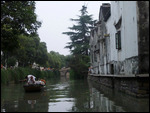
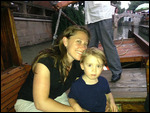
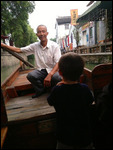
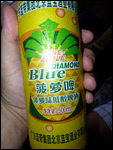

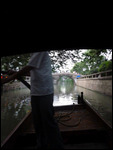
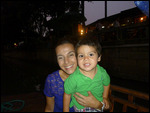
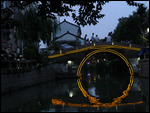
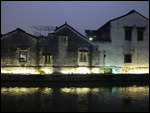
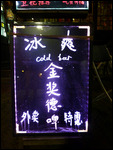
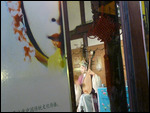
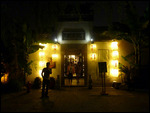
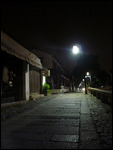
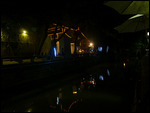


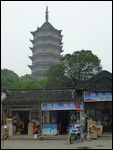

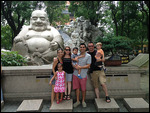
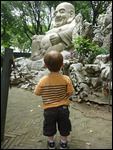
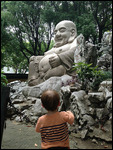
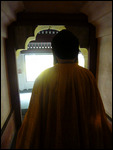
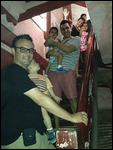
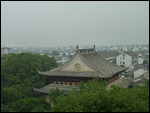
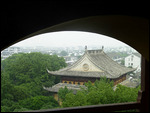
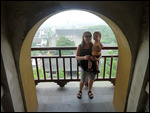
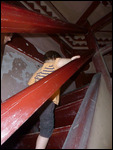
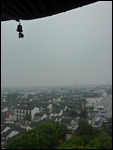
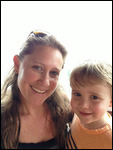

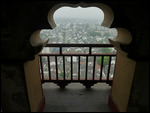
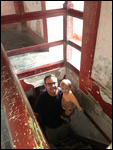
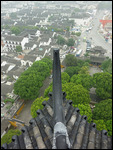
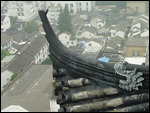
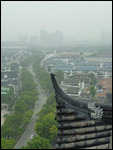
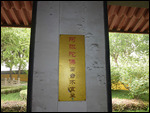
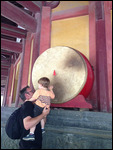
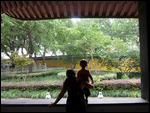

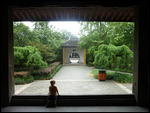
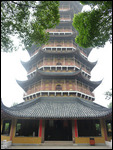
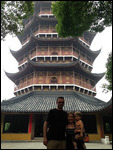
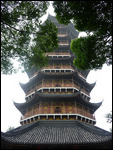
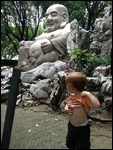
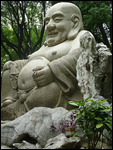
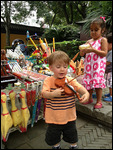
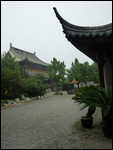
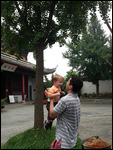
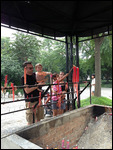
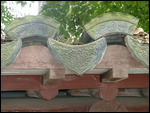
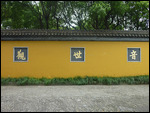
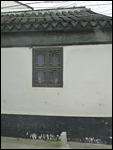
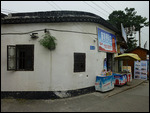
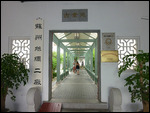
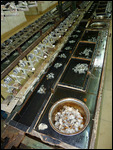
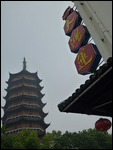
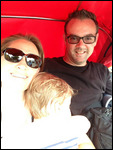
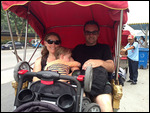
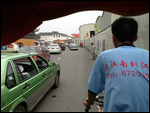
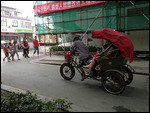
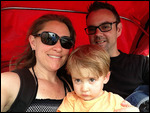
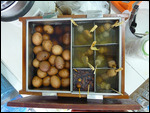
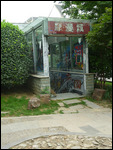
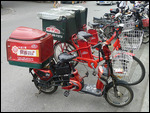
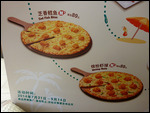
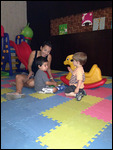
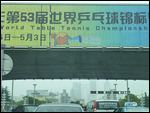
2025-05-22